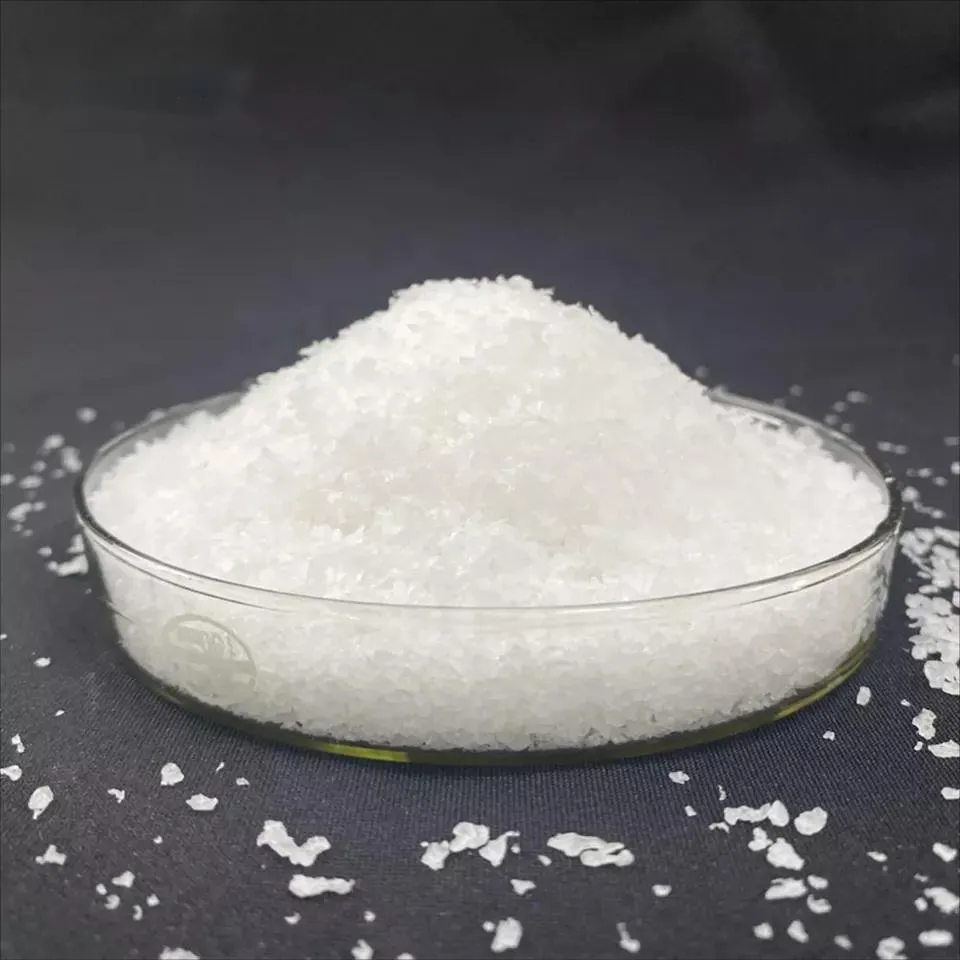Cellulose Polymer A Versatile Biopolymer with Endless Applications
Cellulose, a complex carbohydrate, is the primary structural component of green plants, particularly in the cell walls. As the most abundant organic polymer on Earth, cellulose serves as a natural resource that is both renewable and biodegradable. Its polymeric structure is composed of linear chains of glucose units linked by β-1,4-glycosidic bonds, which contribute to its impressive strength and stability. The myriad properties of cellulose make it an ideal candidate for a wide range of applications in various industries, from textiles to pharmaceuticals.
Cellulose Polymer A Versatile Biopolymer with Endless Applications
In the realm of food and pharmaceuticals, cellulose derivatives play a crucial role as thickeners, stabilizers, and binding agents. Hydroxypropyl methylcellulose (HPMC) and carboxymethyl cellulose (CMC) are well-known cellulose derivatives used in various food products to improve texture and shelf-life. These derivatives ensure that sauces remain emulsified, ice creams maintain their creamy texture, and baked goods exhibit the desired moisture retention. In pharmaceuticals, cellulose acts as a filler in tablets, a thickener in suspensions, and an emulsifier in creams, showcasing its adaptability and effectiveness in diverse formulations.
'cellulose polymer'

The environmental sustainability of cellulose as a biopolymer is another aspect that cannot be overlooked. As the world grapples with plastic pollution and the need for sustainable materials, cellulose provides an attractive alternative. Being derived from renewable resources such as wood, cotton, and agricultural residues, cellulose is inherently biodegradable and compostable. This means that products made from cellulose have a lower environmental impact compared to their petrochemical counterparts. Innovations in biodegradable plastics derived from cellulose are already paving the way for more sustainable packaging solutions, offering hope in the fight against environmental degradation.
Cellulose also plays a critical role in the production of biofuels, particularly cellulose-based bioethanol. With mounting concerns over fossil fuel depletion and greenhouse gas emissions, researchers are exploring the potential of converting cellulose-rich biomass into renewable energy. Through processes like enzymatic hydrolysis and fermentation, cellulose can be transformed into fermentable sugars, which are subsequently converted into ethanol. This approach not only reduces reliance on fossil fuels but also promotes the valorization of agricultural waste, effectively turning potential pollutants into valuable energy resources.
Moreover, cellulose’s applications extend into advanced fields such as nanotechnology. Nanocellulose, derived from the modification of cellulose at the nanoscale, has emerged as a promising material due to its exceptional mechanical properties, low density, and biodegradability. This innovative material is anticipated to revolutionize various sectors, including electronics, biomedical engineering, and construction. For instance, nanocellulose composites exhibit remarkable strength and lightweight characteristics, making them ideal for use in lightweight packaging and high-performance materials. Additionally, in medicine, nanocellulose can be used in drug delivery systems and wound dressing, leveraging its biocompatibility and ability to retain moisture.
In conclusion, cellulose polymer stands as a testament to the potential of nature-derived materials. Its multifunctional properties combined with environmental sustainability position cellulose as an essential player in addressing global challenges such as resource depletion and pollution. As research and technology continue to innovate in the field of cellulose applications, the future looks promising for this remarkable biopolymer. Embracing cellulose not only opens doors to sustainable practices but also unveils new possibilities across various industries, reinforcing the vital role of natural polymers in our everyday lives.




